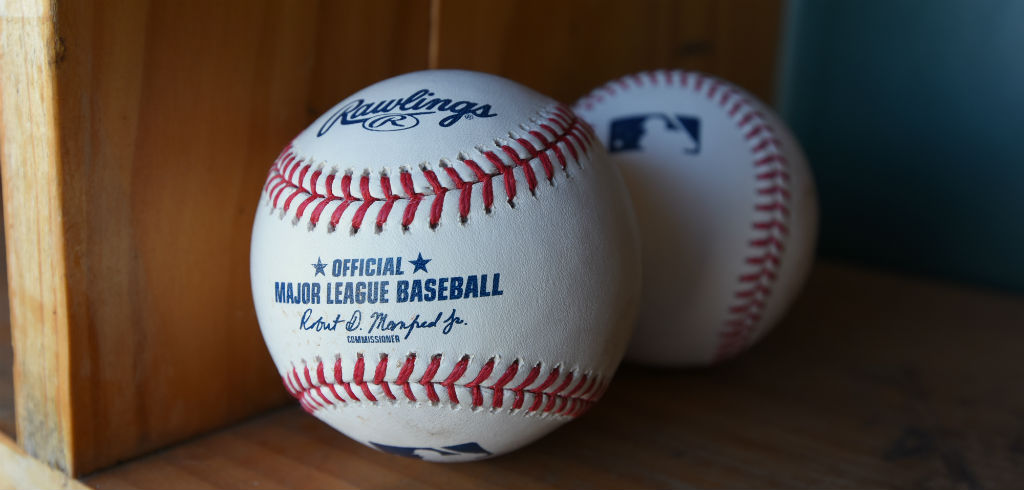The sports world is doing its best to plan for all circumstances when it comes to the ongoing COVID-19 pandemic. For Major League Baseball, any plan would be the start of a baseball season that simply hasn’t happened yet. MLB was put on pause during spring training in early March, and so as the pandemic has continued into late spring, the question isn’t how the season will finish, but how much of it will actually be able to take place.
On Saturday, Ken Rosenthal of The Athletic detailed the league’s proposal for a safe return to play in empty venues save for essential staff. Rosenthal called it a “blueprint” to actually making a 2020 campaign happen and noted while nothing is set in stone, the league expects to make a season with between 70-80 games happen, with an expanded postseason to follow.
Some key points to the proposal: not every team feels it’s safe to play in their home stadium at this time, teams relocating entirely for a period of time is on the table, and payroll cuts are expected to be ironed out due to lack of gate revenue for fanless games. Perhaps most interesting: schedules will largely be “regionalized” so teams playing in close proximity play one another to fill out the schedule.
• A regular season beginning in early July and consisting of approximately 80 games. The number might not be exactly 80 – both 78 and 82 are possibilities.
The schedule would be regionalized: Teams would face opponents only from their own division and the same geographic division in the opposite league. An NL East club, for example, would face only teams from the NL East and AL East.
A 78-game schedule might look like this: Four three-game series against each division opponent, and two three-game series against each non-division opponents.
Rosenthal noted that even New York, the epicenter of the coronavirus outbreak in the United States, could host games by early July. It’s a bold plan for MLB to attempt given the uncertainty around various parts of the country, and it would be a huge shift in the traditional schedule where baseball is largely still divided by two leagues and sparse interleague. Still, it’s better than the alternative, which is the reality that baseball as we expect it to be played in America is impossible to put on until the pandemic has subsided and a vaccine is available.







